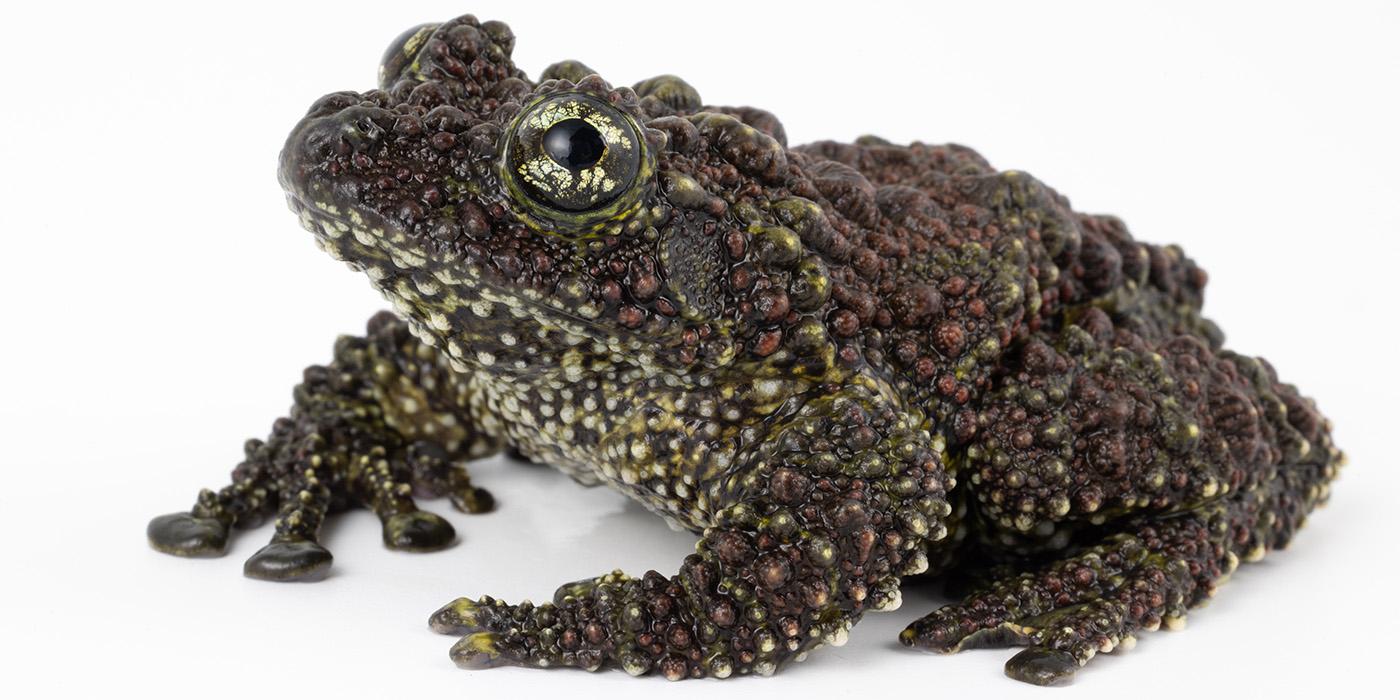8 Reasons to “Bee” In Awe of Pollinators
Did you know that the fuzzier an animal is, the better it picks up pollen? Or that most pollination happens by happy accident? Get the buzz on pollinators from Donna Stockton, an entomologist and animal keeper at Amazonia.
1. Pollination is, at times, a happy accident.
In order for a plant to reproduce, its pollen must move from the stamen (male part of a flower) to the pistil (female part). Pollination can take place within one flower, between two or more flowers that are part of the same plant, or between individual plants of the same species.
Some pollen, especially tree pollen, is carried off by the wind, and quite effectively at that. But about 70% of flowering plants—like the ones we plant on farms and in our gardens—need a little help getting pollen from one plant to another. That’s where pollinators come in!
Interestingly, pollinators do this very important deed purely by accident. As they move from flower to flower, they are looking for food for themselves, their young or their hive. Pollen is a great source of fat and protein; nectar is very nutritious as well. An animal could also pollinate as it searches for and gathers materials to build a shelter—or even while it is searching for a mate of its own.

2. The fuzzier an animal is, the better it picks up pollen.
Pollinators come in all shapes and sizes. In many cases, the fuzzier the pollinator is, the better, because the pollen will stick all over them as they quickly move between plants. Mammals pollinate. Birds and reptiles do, too. But hands down, the best pollinators are bees!
About 4,000 species of bees live in the United States; of those, approximately 400 species live in the Washington, D.C., area. We typically see a variety of species from late April to early November. Some are large, some are small and some are fuzzier than others.
Their hair-like bristles are made of chiton—the same material that forms their exoskeleton. These bristles cause pollen to stick to their legs and abdomens. Some bees “buzz” (shake as they pollinate), and these vibrations cause the plant to knock even more pollen onto them.
Many people are familiar with the larger pollinators that are easy to see: butterflies, moths, hummingbirds, bats and larger bees. But stop and look closer and you may see one of the smallest bees—a tiny carpenter bee in the genus Ceratina that is only about 0.1 to 0.6 inches long. My personal favorite, though, are squash bees—males fall asleep in the flowers!
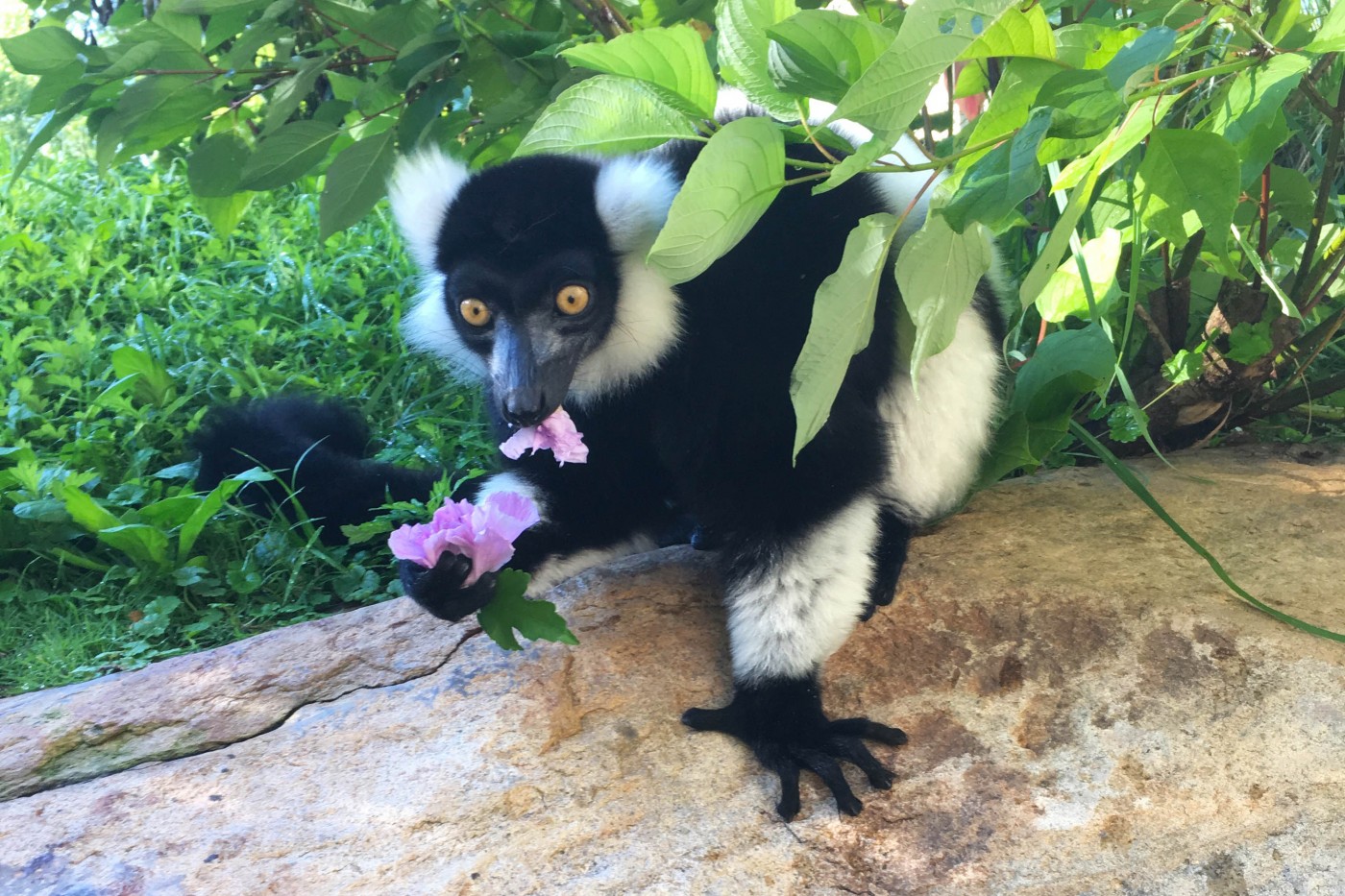
3. Plants use sneaky (and sometimes smelly) tactics to attract pollinators.
What makes a good pollinator depends on the plant being pollinated! Plants use all sorts of tactics to attract attention: color, scent, height, pollen shape and flower. Not all animals see flowers the same way. Bees are attracted to hues of blue and purple. Hummingbirds gravitate toward trumpet vines that have tubular flowers. Flies are attracted to very bad smells (and good ones, too). The list goes on!

4. Insect pollinators are friends, not foes.
Sometimes, we see insects—especially those with stingers—as agents meant to harm us. If you feel this way, try to switch your mindset. It’s true that bees and wasps come equipped with stingers and stripey patterns that warn us to leave them alone. But the truth is, they don’t really want to bother with us.
Take a moment to watch their behavior, and you will see that they are collecting food, finding and protecting their homes, and feeding their young—pretty much the same as we do. These bees and wasps are doing us a great service. They are moving pollen around, collecting nectar, taking it to their homes for food. In the process, we get more beautiful flowers, fruits and vegetables.
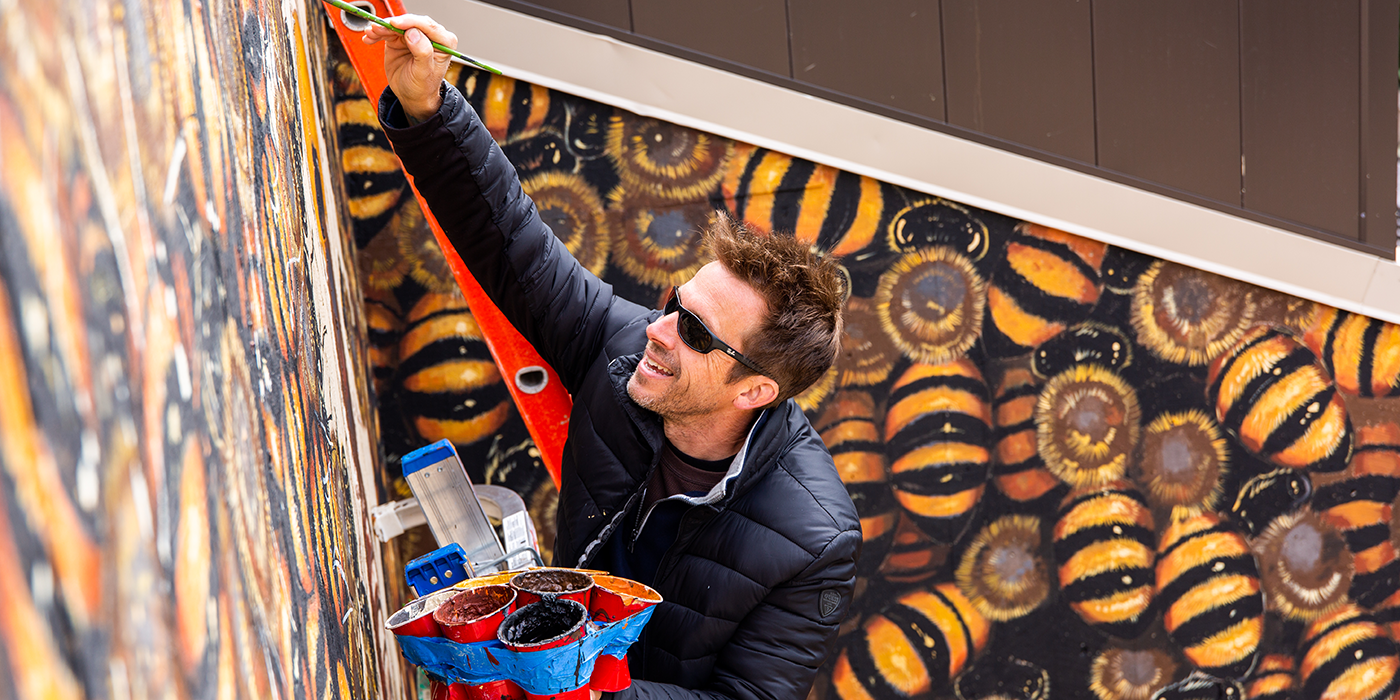
5. If pollinators disappeared, so would many of the things we enjoy.
Pollinators create ecosystems that add beauty to our lives. If they were to go extinct, our world would be so different. For starters, it would lack its colors. As I mentioned earlier, many flowers exhibit such vibrant colors, fragrant smells and interesting patterns specifically to attract pollinators.
Many of the fibers and dyes that we use for clothing and other materials are derived from plants—and, therefore, are made possible by pollination. Then, there’s food. Without pollinators, we can say goodbye to blueberries, watermelon, squash, coffee, chocolate and more. Sure, we could live without these things. But why would we want to?
Humans are only one of many species that benefit from pollinators. Farms and other crop systems host flowering plants, bushes and trees that produce seeds, fruits, roots and leaves. All of those attract insects, which collectively serve as food for many species of mammals, reptiles, amphibians, fish, invertebrates and birds. In fact, 90% of birds rely on insects as food at some stage of their life!
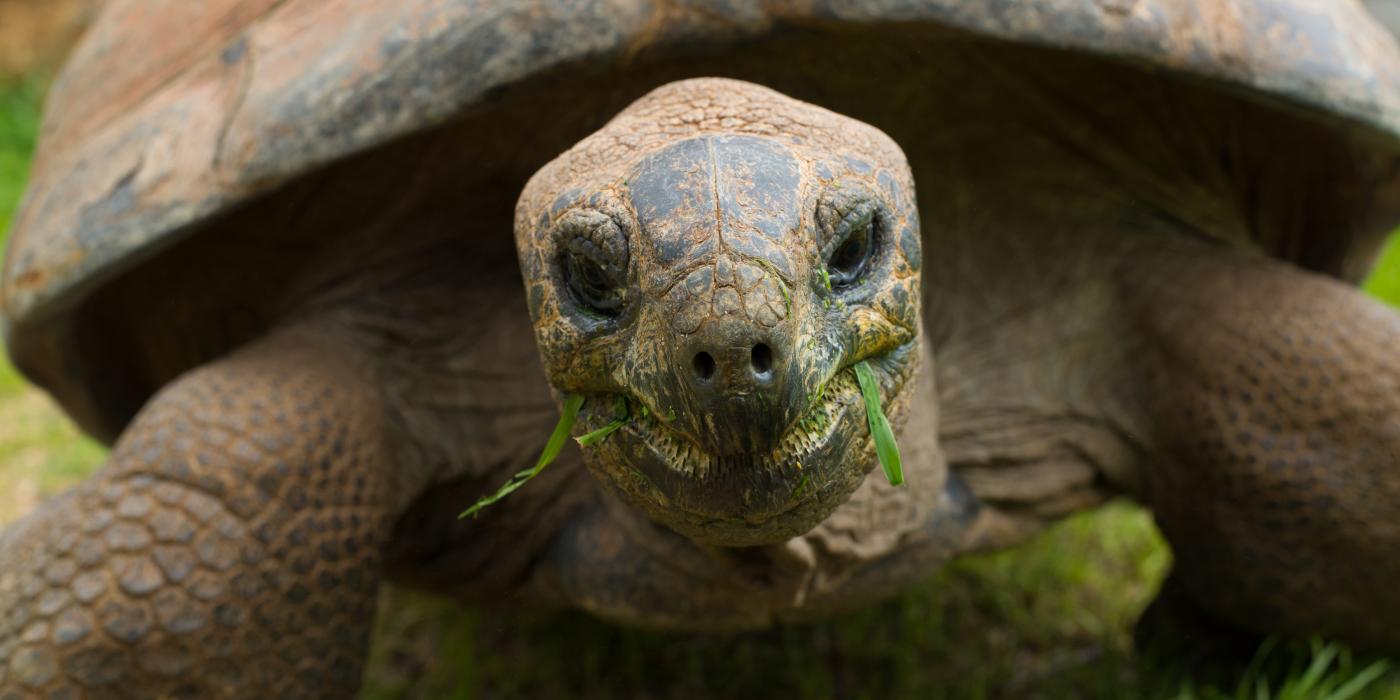
6. An overgrown garden is a pollinator’s paradise.
Enhancing a garden by planting colorful flowers and native plants helps insects in general, both pollinators and non-pollinators. The plants attract aphids, which eat the leaves. Ants eat the aphids. Wasps eat the ants. Birds eat the wasps. Insects, as a whole, are necessary for the cycle of life.
If you want to attract more pollinators to your garden, then let it grow. Don’t mow the lawn as often, and embrace the weeds. Many native bees specialize on certain species of plants, including dandelions and clovers. The sheer abundance of these plants makes them a favorite stopover for small bees, since they cannot fly as far as the big bees can. Another way to attract pollinators is to take down your bird feeder from time to time. They are more likely to come out of their hiding places if there aren’t as many predators nearby.
Even if your yard cannot support a lot of native plants, it can still be a place where insects go to hide and overwinter. Shady spots can help protect pollinators from the sun and the heat. When you rake leaves in autumn, be sure to leave at least a small pile in your garden. Bees are not always on top of a flower. Many live beneath the leaf litter and rely on it for protection from the elements while they overwinter.
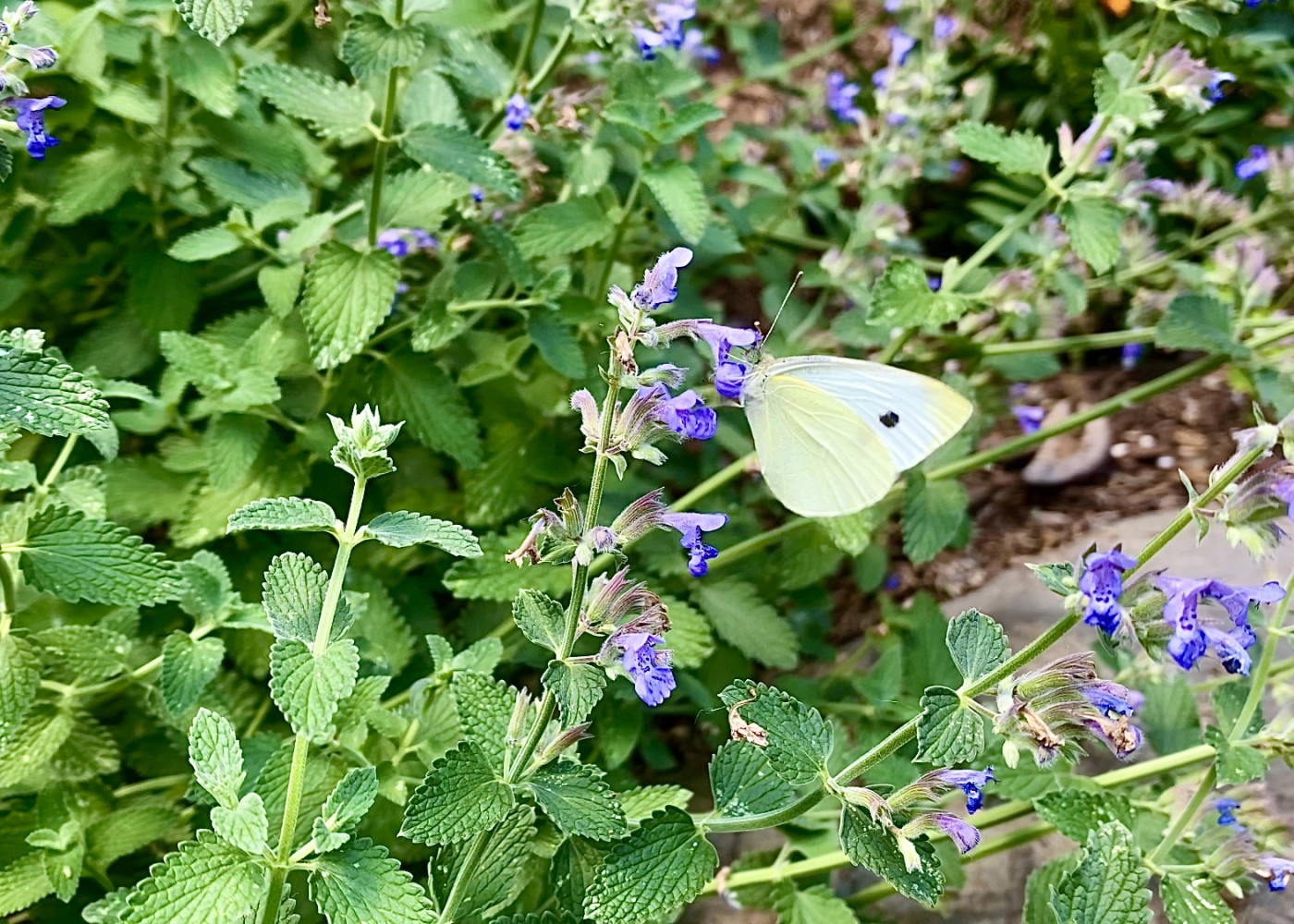
7. You can help scientists keep track of pollinators.
Knowing which plants are (and are not) native to your area will make a big difference for many species of pollinators. Check out your local Native Plant Society. Often, they will give people native plants to put in their yard to encourage native pollinators.
If you want to help conserve pollinators, consider joining a citizen science pollinator survey, hosted by the North American Pollinator Protection Campaign (NAPPC). Entomologists can’t be everywhere, but those of us who have smartphones and cameras can help them understand what efforts are needed to protect pollinators in our neighborhoods.
When you snap a photo and upload it to the database, scientists can learn which plants help pollinators get established, and which encourage them to stick around. For example, a garden typically looks much different in April than it does in May. When and where do the queen bees emerge? What native plants are they honing in on? How important is that first food encounter? There’s even a chance you could spot a species that scientists had not seen in your area for a long time!

8. Pollinators can bring people together.
The next time you pass by a butterfly bush that is in bloom, look closer and see just how many species of insects you can spot. When you’re standing face-to-face with bees and butterflies—and you’re not flinching—often, curiosity gets the best of people. They may come over, ask you what you’re doing and want to see what you see.
The pretty pollinators often start a conversation. “Did you know that butterflies taste with their feet? Or that this beautiful monarch flies all the way down to Mexico?” Once you learn one thing about an insect, I guarantee you’re going to want to learn the next. And the next. It starts a conversation that could go on forever.
This story was featured in the July 2022 issue of National Zoo News.



